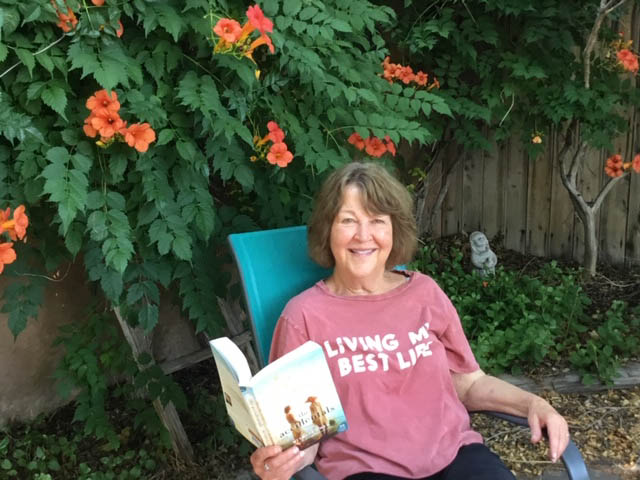

“A story can sometimes tread where history fails to clear a path,” Gwin writes, “or when that path has been made too tidy, obscuring a fractured landscape.” Working from newspaper articles, eyewitness accounts, and other historical data, Gwin attempts to imagine that “fractured landscape” by contrasting the very different experiences of Dovey Grand’homme, an elderly black woman, and Jo McNabb, the white daughter of a judge, as they search for loved ones in the aftermath of the storm.ĭovey Grand’homme has seen a lot of loss in her long life. history was actually much, much worse than history records. As a result, the fourth most deadly tornado in U.S.

An entire community was simply ignored in the city’s accounting of its losses. Gwin’s latest novel, Promise, was inspired by one chilling fact: the tornado’s official death toll included no black people, though a third of the Tupelo population at the time was African American. Tupelo native Minrose Gwin grew up in her grandparents’ house, one of the few in their neighborhood that remained standing. The tornado left behind 200 dead, according to the city’s official count. on April 5, 1936, a massive tornado producing winds greater than 300 miles per hour destroyed half the city of Tupelo, Mississippi, in a matter of minutes.


 0 kommentar(er)
0 kommentar(er)
